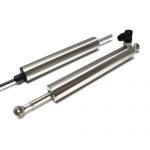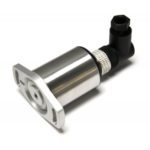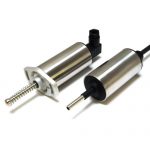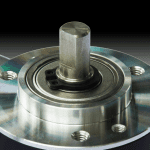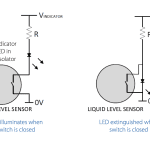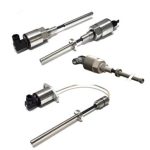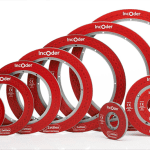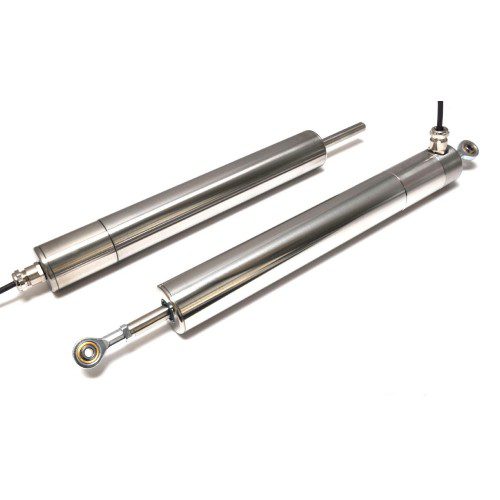
Positek
S114
Part no.: S114
Key Features
• Body Diameter: 35mm
• Sensor Mounting: M5 rod eyes, body clamps or M5 threadsSpring loaded pushrod option available
• Available in any measurement angle from 0-5mm to 0-800mm
• Sealed to IP68 10bar, 100msw, 145psi(for 350bar sealing see S125)
The 10bar submersible S114 is an affordable, durable, water resistant, high-accuracy position sensor. Derived from the P101, the S114 was designed for underwater marine and off-shore applications where the equipment is submerged, shares many of the desirable features such as compact size.
The S114, like all Positek sensors, provides a linear output proportional to displacement. Each unit is supplied with the output calibrated to the travel required by the customer, from 0-5mm to 0-800mm and with full EMC protection built in. The sensor is very robust, the body and push rod being made of stainless steel for long service life and environmental resistance.
Derived from the popular P101, the S114 has been designed for applications where the sensor may be completely submerged in water up to a pressure of 10Bar, but good sensor performance and cost are still important.
This sensor is waterproof to 100m submersion.
"*" indicates required fields
